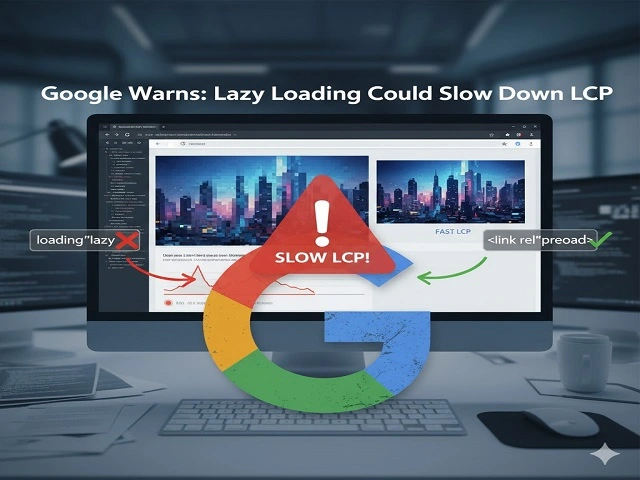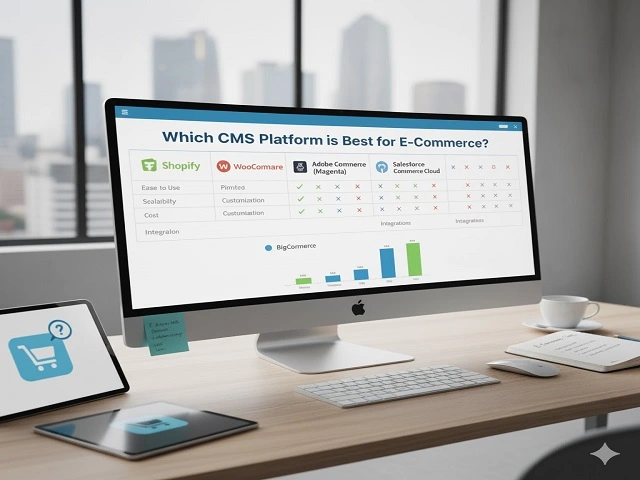Modern search engines, like Google, are evolving and becoming increasingly sophisticated. They now prioritize sites that deliver a seamless and enjoyable experience for visitors. This is where user experience (UX) optimization becomes crucial. So, how do UX and SEO intertwine? Let’s dive into this relationship in an engaging and straightforward manner.
When you think of your website, consider it as the virtual storefront of your business. Just as a physical store needs to be inviting and easy to navigate, your website must also cater to the needs of its visitors. This is where Savit Interactive shines.
Key Takeaways
- UX and SEO go hand in hand, and search engines like Google increasingly prioritize websites that provide a good user experience.
- Improving website speed, mobile-friendliness, and site navigation are essential elements of user experience optimization.
- A well-designed site that encourages users to engage will likely boost search rankings.
- SEO isn’t just about keywords anymore; it’s about delivering visitors a seamless and enjoyable experience.
What is User Experience (UX)?
User experience, or UX, is about how a person feels when interacting with a website. It covers everything from how easy it is to navigate the site to how quickly the pages load. The goal is to ensure visitors find what they need without frustration. Whether it’s a smooth checkout process on an e-commerce site or informative blog posts that are easy to read, UX is the key to keeping users engaged.
How UX Impacts SEO
Search engines, notably Google, use hundreds of factors to determine which websites appear at the top of search results. Increasingly, they’re looking at how real people interact with your site. Search engines receive a terrible signal from users who click on your website but quickly leave because it is difficult to use or takes a long time to load. That’s where improving UX for SEO becomes crucial.
Here are some key areas where UX and SEO overlap:
- Page Load Speed: Nobody enjoys watching a website take a long time to load. Research indicates that even a brief pause might increase the number of individuals who bounce off the website. Better user experiences are produced by websites that load quickly, and search engines reward these sites with higher ranks.
- Mobile Friendliness: With more people browsing the internet on their phones than ever, having a website that works well on mobile is essential. You could lose out on users and SEO rankings if your site doesn’t adapt to different screen sizes or devices. Google even factors in mobile-friendliness when determining rankings.
- Straightforward Navigation: Imagine walking into a store without knowing where anything is. Frustrating, right? The same applies to websites. A well-organized site with straightforward navigation helps visitors quickly find what they want. It also improves your site’s ranking by assisting search engines in comprehending the structure of your website.
- Engagement Metrics: Search engines track how users interact with your site. Metrics like time spent on the page, click-through, and bounce rates are all part of the equation. If users spend a lot of time on your site, it’s a sign that they find your helpful content, which can improve your SEO.
Why UX Matters More Than Ever in SEO
It wasn’t that long ago that SEO and website design were considered separate fields. You could have a visually beautiful website that didn’t rank well or a high-ranking website that looked outdated. But today, search engines like Google are smart enough to evaluate both factors.
If your website has poor user experience optimization, even the best SEO strategies won’t help you rank well. Search engines consider how well a website serves its users in order to present the best results to users. That’s why UX has become an essential part of modern SEO strategies.
Tips for Improving UX for SEO Success
- Simplify Website Design: A clean, straightforward design that’s easy to navigate will always trump a cluttered, complex layout. Users should be able to find what they’re looking for without confusion. As far as SEO and website design are concerned, less really is more.
- Improve Page Load Times: Utilize resources such as Google PageSpeed Insights to track the loading speed of your website. Optimizing load speeds can be achieved by decreasing superfluous scripts, employing a content delivery network (CDN), and compressing pictures.
- Optimize for Mobile: Make sure your website functions properly on all devices and is fully responsive. To make sure the experience is flawless, test it on both phones and tablets.
- Use Clear, Engaging CTAs: Call-to-action (CTA) buttons guide users through your website. Whether signing up for a newsletter or purchasing, clear and compelling CTAs improve user engagement, boosting SEO.
- Structure Content for Readability: Break up long blocks of text with headers, bullet points, and images. Because of this, people will stay on your website longer and read your information more efficiently, interpreted by search engines as indicating a good user experience.
Final Thoughts
Search engines consider how well a website serves its users to give users the most outstanding results possible. It’s a critical part of how search engines evaluate and rank websites. Improving user experience (UX) for SEO will make your website more engaging for users and increase its likelihood of appearing higher up in search results. Simple design tweaks, faster load times, and mobile optimization can all make a big difference in customer happiness and search engine rankings.
Is your website truly welcoming? At Savit Interactive, we understand the importance of quality user experience (UX) in enhancing SEO. Let us help you craft a digital storefront that not only attracts traffic but also fosters lasting relationships. Get in touch today to start your transformation!
FAQs
1. Can improving UX help my SEO?
Ans: Yes, indeed! Enhancing the user experience on your website can lower bounce rates, boost visitors’ stay on the site, and eventually raise search engine results.
2. What’s more important for SEO, keywords, or UX?
Ans: Both are important. However, search engines are improving at evaluating user behavior, so user experience optimization is becoming just as important as keywords.
3. How can I improve my website’s user experience?
Ans: Start by making your website more mobile-friendly, streamlining the navigation, and speeding up page loads. Both SEO and user experience can be greatly impacted by these tiny adjustments.
4. How does mobile-friendliness affect SEO?
Ans: Google now uses mobile-friendliness as a ranking criterion, so your website may not rank higher in search results if it isn’t optimized for mobile.



